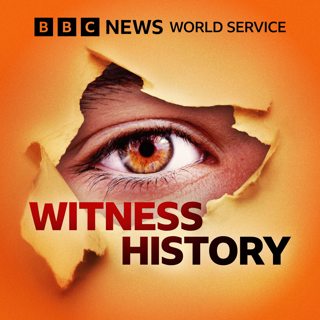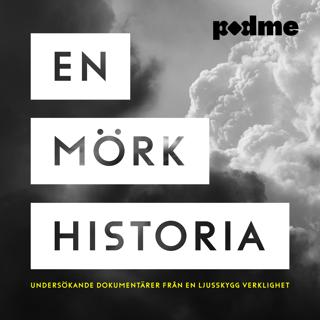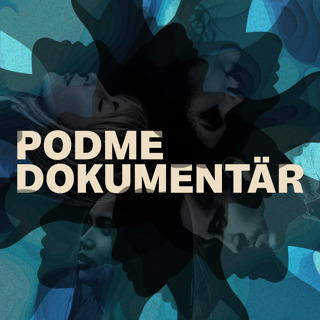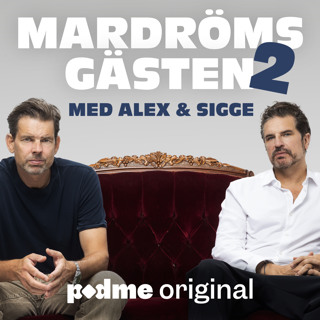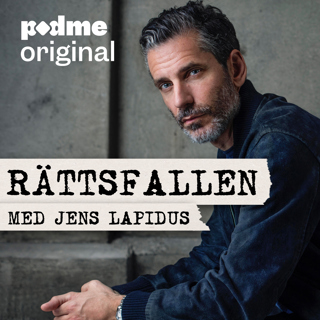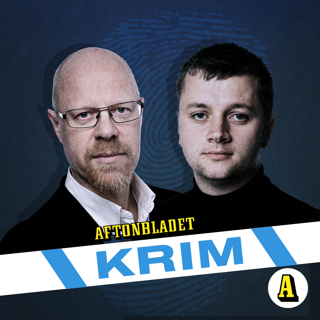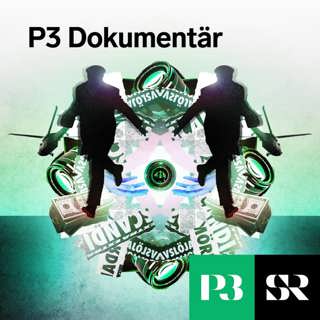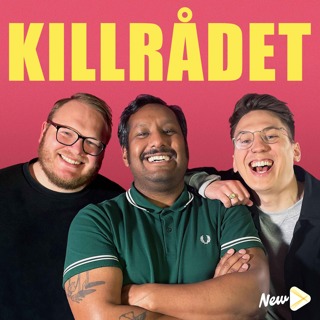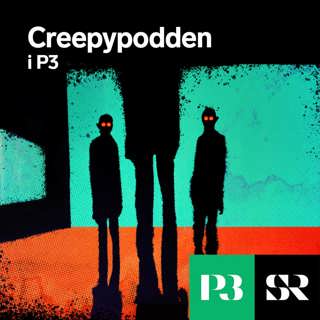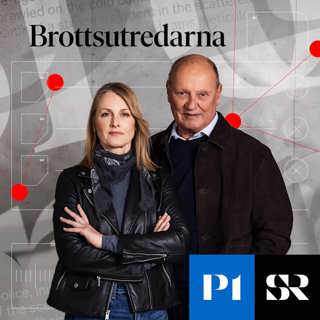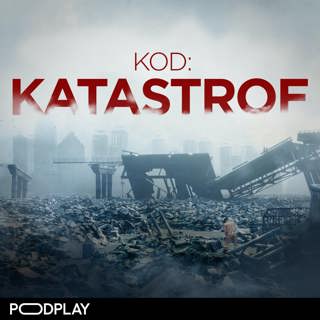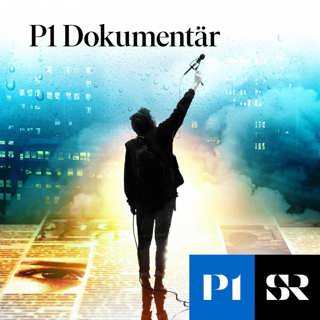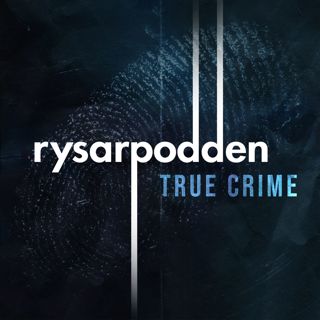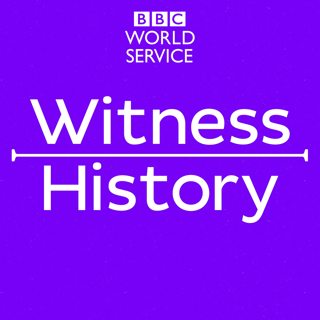
Rebuilding the Site of the Twin Towers
After the September 11th attacks brought down the Twin Towers, reconstruction began at the devastated area in New York in April 2006. Rachael Gillman spoke to TJ Gottesdiener, who was a managing partner at the architecture firm tasked with designing a new skyscraper on the site.(Photo credit: Robert Sabo-Pool/Getty Images)
17 Apr 20189min

World War One: Germany's Spring Offensive 1918
In early 1918, Germany launched a huge offensive on the Western Front in a last great gamble to win the war. Following Russia's withdrawal from the war, Germany could move up to a million soldiers from the Eastern Front to the West to launch a decisive attack. Their plan was to break through British and French lines and force an end to the war, before American power could bolster the Allied cause. They came close to succeeding. Using recordings from the BBC Archive, we hear from German and British soldiers who faced each other in the spring of 1918. Photo: German troops advance in the sector near Villers-Bretonneux during Germany's Spring Offensive 1918. (Hulton Archive/Getty Images)
16 Apr 20189min

The Shooting of Rudi Dutschke
In 1968 Europe was rocked by student demonstrations calling for a revolution. In West Berlin the protests intensified following the shooting of student leader Rudi Dutschke on April 11th 1968. He would become a symbol for a generation of young Germans. In 2013 Lucy Burns spoke to his widow Gretchen Klotz-Dutschke about the attack. (Image: Gretchen Klotz-Dutschke(L) Rudi Dutschke(R) Credit: Keystone/Getty Images)
13 Apr 20188min

The Soviet Spy Scandal
In 1971 during the Cold War, the UK expelled 90 Soviet diplomats suspected of spying. They'd been allowed into Britain in an attempt to improve relations, but it had been discovered that they'd been carrying out espionage instead. George Walden was a young diplomat on the Soviet desk in the British Foreign Office at the time. Photo: British Foreign Secretary Alec Douglas-Home (left) shakes hands with Soviet Foreign Minister Andrei Gromyko (right) at Heathrow Airport, 26th October 1970. (credit: Ian Showell/Keystone/Hulton Archive/Getty Images)
12 Apr 20188min

The Zimbabwe Massacres
In 1983 Robert Mugabe’s government sent crack troops to put down opposition supporters in western Zimbabwe. The soldiers were nicknamed the Gukurahundi which means 'the wind that blows away the chaff'. Trained by North Koreans, they were zealous in their support for Mugabe and utterly ruthless in their methods. Thousands were killed and many were tortured. For years people were fearful of speaking out. One survivor has been telling Rebecca Kesby what it was like.Photo: Robert Mugabe. Credit: Getty Images.
10 Apr 20189min

The First Frozen Embryo Baby
Zoe Leyland was born in Australia on April 11th 1984. As an embryo, she'd been frozen for 8 weeks before being successfully implanted into her mother's womb. Dr Alan Trounson was part of the team who pioneered the technology to freeze embryos, he's been speaking to Ashley Byrne.Photo: In vitro fertilisation technician removing frozen embryos from storage. Credit: Science Photo Library
10 Apr 20188min

Woodfall Films
Woodfall Films changed British cinema. First established in 1958, it made films with working class actors about working class lives. The driving force behind it was the producer and director Tony Richardson. Vincent Dowd has been speaking to Rita Tushingham who starred in a classic Woodfall movie 'A Taste of Honey', and to Desmond Davis who filmed 'The Loneliness of the Long Distance Runner'.Photo: Actress Rita Tushingham in 'A Taste of Honey'. (Credit: Woodfall Films)
9 Apr 20189min

The Emergency Rescue Committee
The 'emergency rescue committee' was set up by a group of American and exiled German liberals during the Second World War to help save some of Europe's leading intellectuals and artists from the Nazis. Among those the group rescued from German-occupied France were artists Marc Chagall and Max Ernst, surrealist leader Andre Breton and German novelist Heinrich Mann. Louise Hidalgo has been hearing from Justus Rosenberg who worked for the committee and had his own narrow escape from the Nazis.Picture; Justus Rosenberg on the streets of Marseille in the early 1940s (credit: Justus Rosenberg)
6 Apr 20189min
